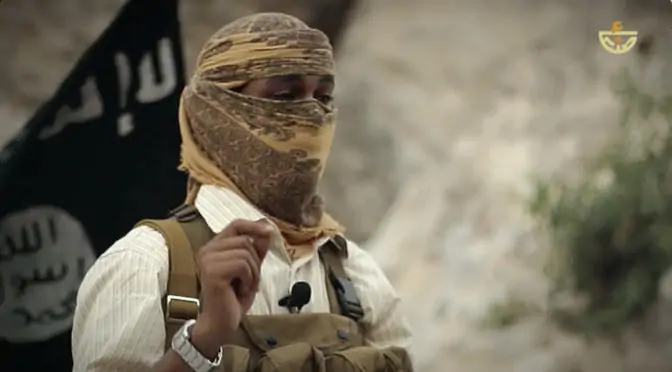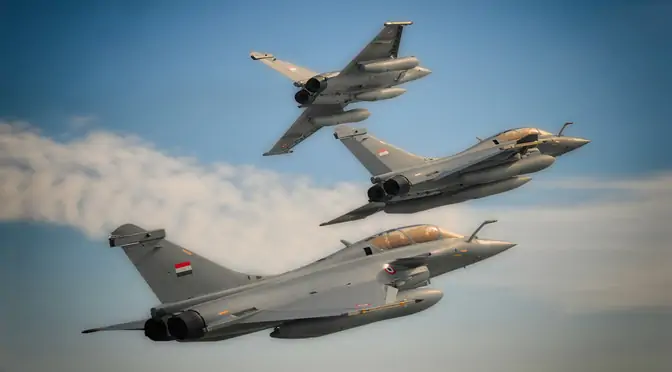This article is the fifth of our series focusing on scenarios depicting interventions in the Libyan war. In our previous article, we discussed a Qatari intervention in Libya on the Islamist side. Here, we shall detail scenarios for an international intervention in Libya from beyond the region, which could occur if the nationalists and their internationally recognized government (at least until power is officially transferred to a unity government) extend an invitation to external actors, or if the unity government fails entirely. The unity government could fail if rival Libyan politicians are unable to form a unity government at all, or if the unity government is formed, but fails to make progress and thus disintegrates into former factions. If we …
Continue reading “Scenarios for the Future of Libya – Sc 2 (5) International Intervention”











